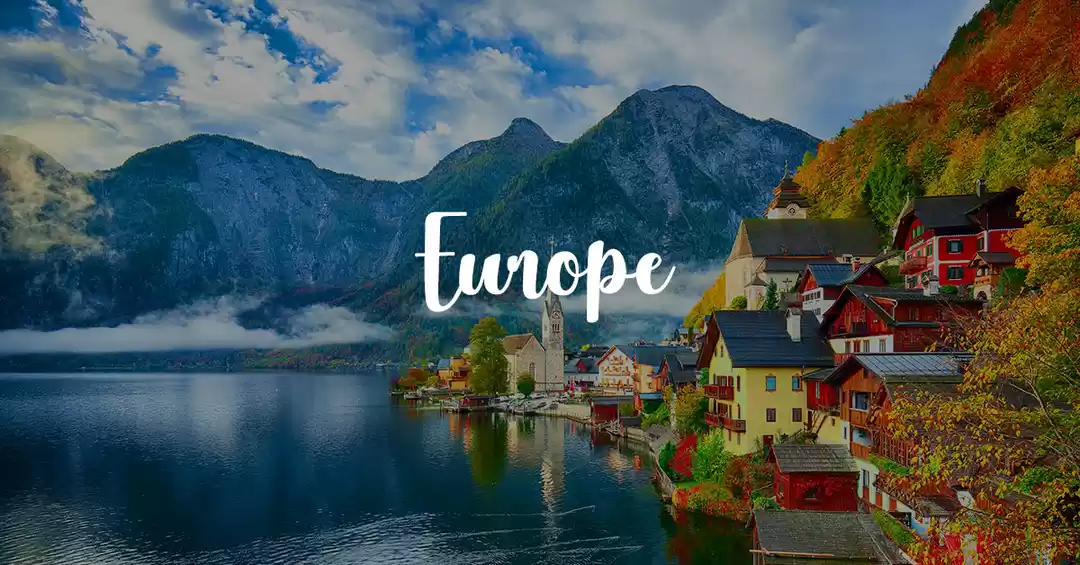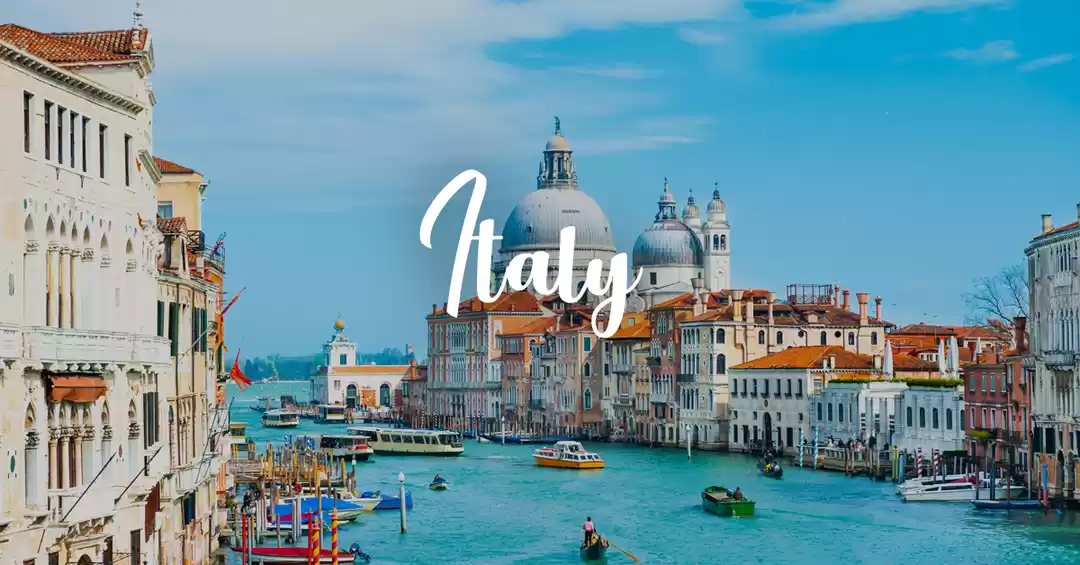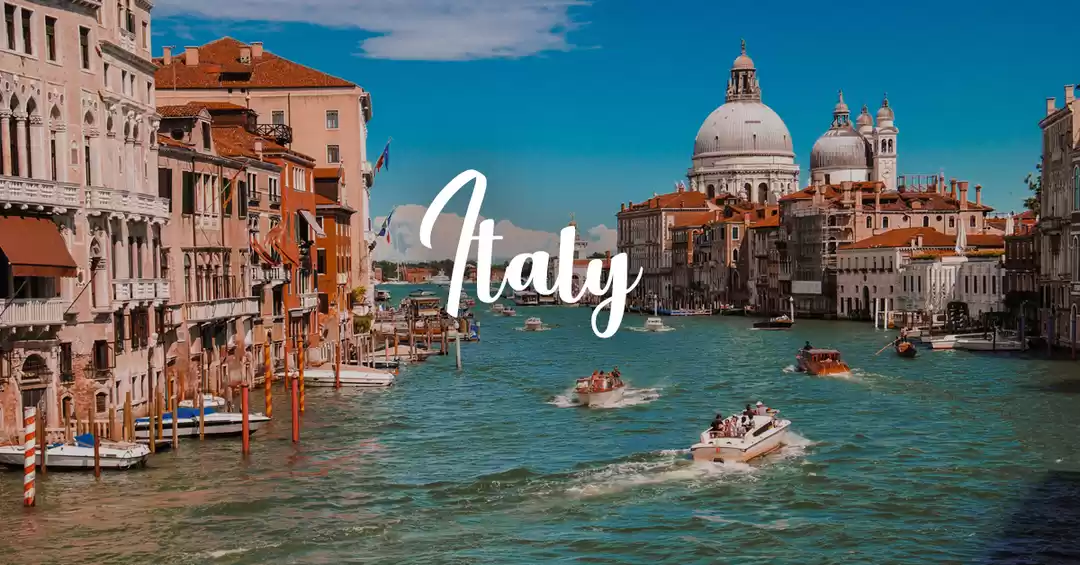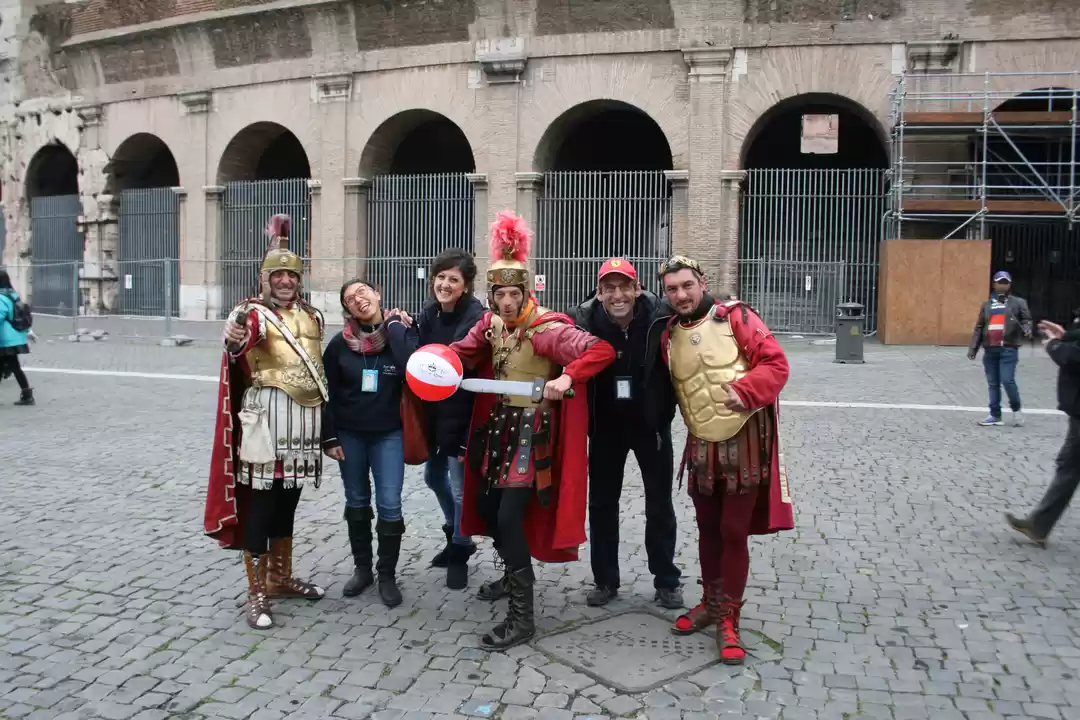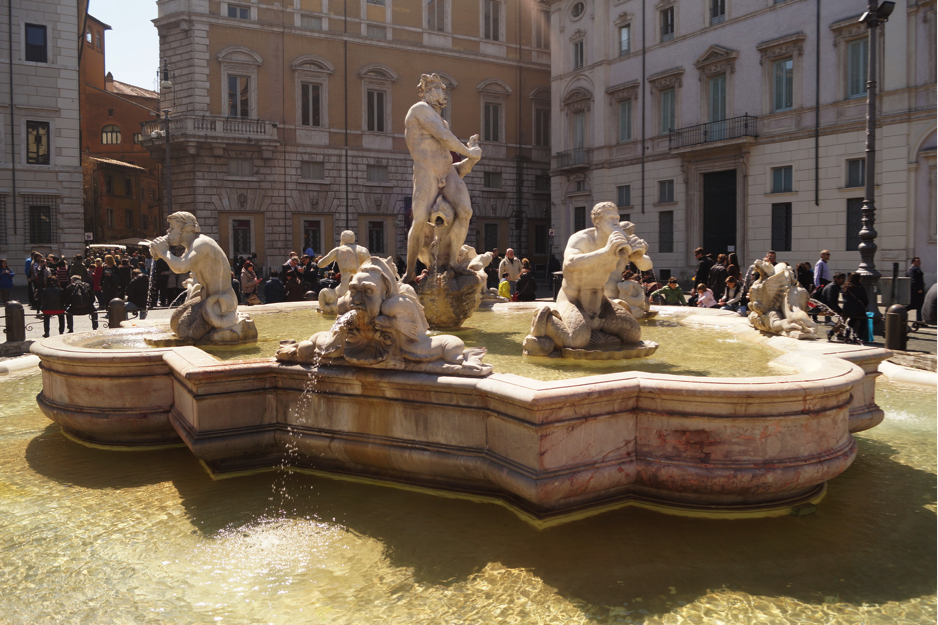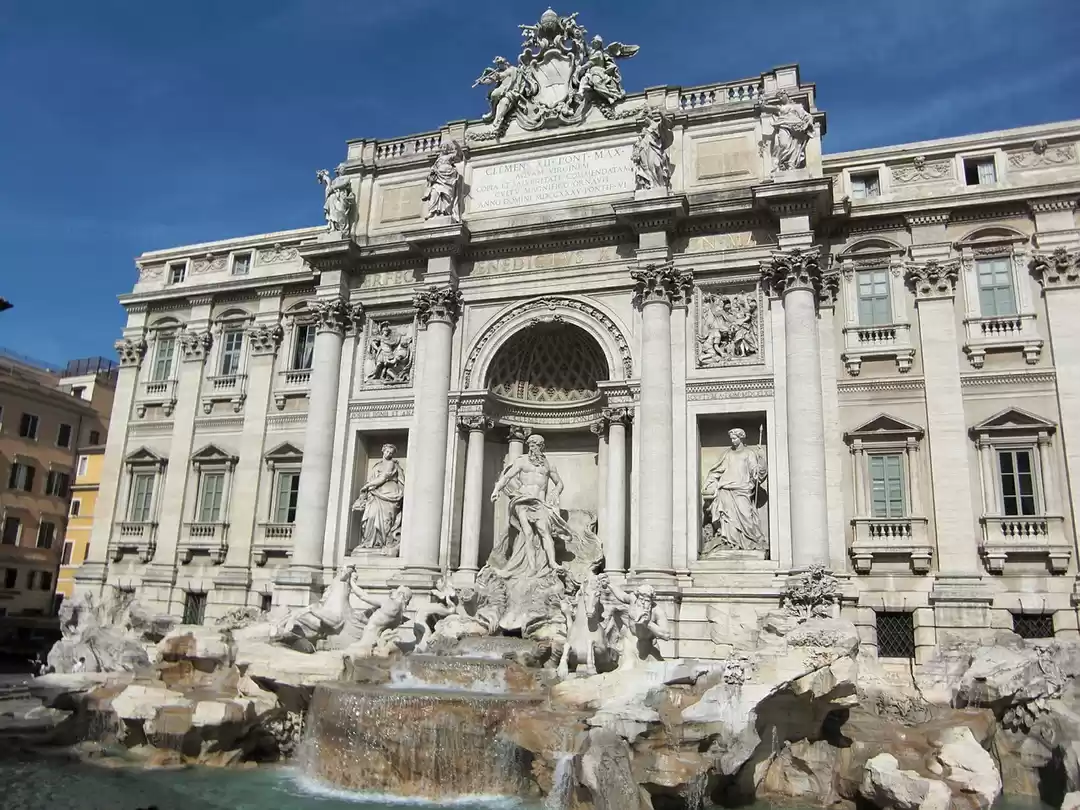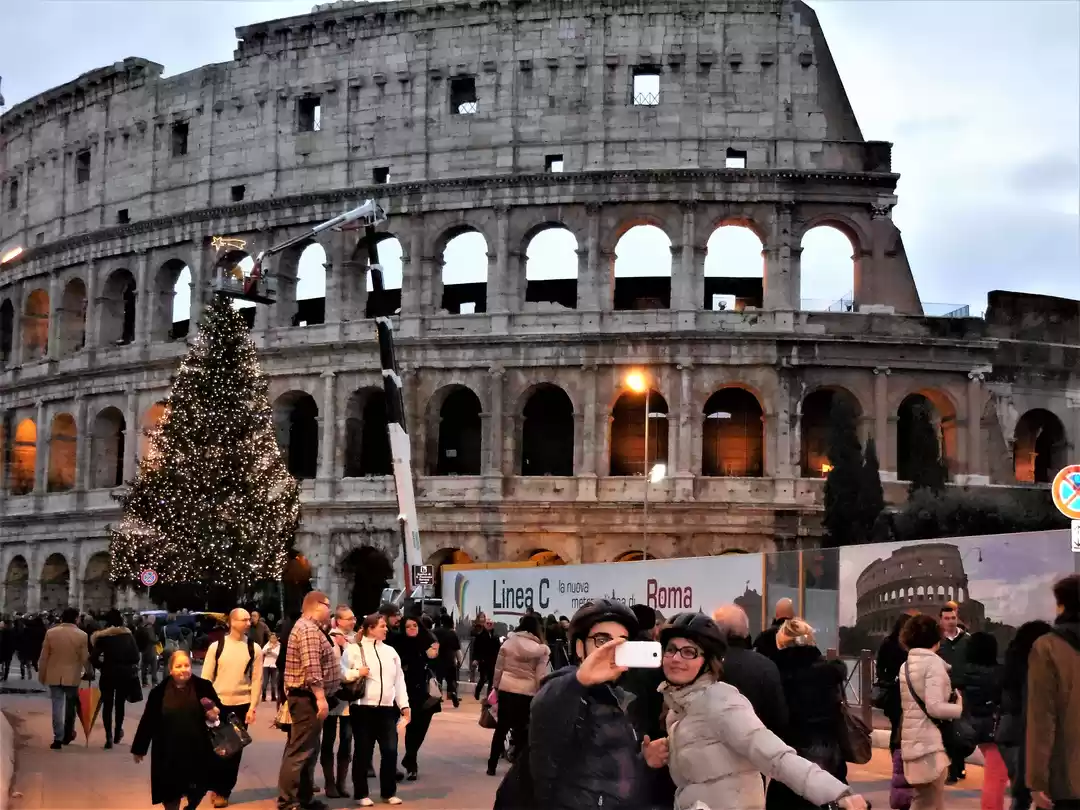
Are you not entertained?
Are you not entertained?
Is this not why you are here..???
-Maximus Meridius (Character from the film Gladiator)
A visit to Rome is not complete without a visit to the Colosseum!!! Truly, the Flavius amphitheater is not only the biggest and the most imposing structure in the Roman world, but is also the most famous monument in Rome! Located just east of the Roman Forum, The Colosseum was built to accommodate more than 55,000 Roman spectators - to experience the thrill of Roman gladiatorial contests and wild animal fights.

A Brief History - When was it built?
Commissioned in AD 72 by Emperor Vespasian, the impregnable Flavius amphitheater was completed by his son, Titus, in AD 80, with later enhancements by Domitian. The free standing structure, built of concrete and sand, it is the largest amphitheater ever built (measuring approximately 620 by 513 feet or 190 by 155 meters) and is considered as one of the greatest marvels of engineering and architecture ever!!!
Truly, a visit to this remarkable piece of engineering marvel left me completely gobsmacked at the intelligence and creativity of the Romans.

So why was it called The Colosseum?
Legend has it that the name “Colosseum” was perhaps derived from the “colossal statue” of the Emperor Nero, “The Colossus” approximately 35 meters high, which stood beside the amphitheatre; although the same has now been completely demolished.

What exactly happened inside The Colosseum?
The Colosseum suitably could have been referred to as the “modern sports stadium” of the ancient Romans.
"The very purpose of building the Flavius amphitheatre, was to let Roman spectators witness the excitements of gladiatorial contests and public spectacles such as mock sea battles, animal hunts, executions, re-enactments of famous battles, and dramas based on Classical mythology"

Although entry to the amphitheatre was reportedly free of charge, it is said that the seating plan of the Colosseum, was segregated into “Classes” or “Social ranking”, with the upper tier seats reserved for the commoners.
The higher your “social status”, the closer you went to the arena, with the front row allocated to the senators, priests and the prime one allocated to – well… The Emperor!!!

"The Colosseum was also reportedly used as an area for public execution of criminals"
It is also widely reported that occasionally, as a practice of public execution, people/prisoners were left to the mercy of vicious beasts.

The Gladiators - who were they?
It is said that one of the most adored and cherished event was that of The Gladiators… who reportedly were slaves, inmates of war or condemned lawbreakers.
As they tussled for their lives inside the arena..... venomous cries and curses were hurled from the spectators.


There were multiple fights took place reportedly throughout the day, and had the ground been too drenched in blood- it would be concealed with a fresh layer of sand.
It is said that the infamous “Thumbs Down” sign originated from the Gladiator combats in the Colosseum.
The First ever Gladiatorial fight
Apparently, the first recorded gladiatorial fight was staged in 264AD, when Decimus Junius Brutus Scaeva put on a gladiatorial combat to honor the memory of his deceased father - a consul named D. Junius Brutus Pera.
Alongside Gladiatorial fights, the Colosseum also hosted different genres of battles, such as the mock sea battles, with real ships and sailors fighting!
It is said the amphitheatre could have been transformed from a concrete arena ground into a waterlogged sea-like environment within a few hours and vice versa… Truly Incredible!!!

Later History of the Colosseum
After about four centuries of active use, the Gladiatorial games at the Colosseum reportedly ended during the reign of the Emperor Honorius.
"The outer walls of the Colosseum were allegedly stripped of marble and it is said that the iron cramps were detached and used to make weapons for later use."

By the 20th century, a blend of weather and natural disasters had demolished nearly two-thirds of the original Colosseum, including the arena’s marble seats and its outer decorative elements.
The effects of pollution and general deterioration over a period of time prompted a major restoration programme - which was carried out between 1993 and 2000.
The Colosseum, today, one of Rome’s most popular tourist attractions, receiving millions of visitors annually…. Indeed a true Engineering Marvel!!!

Some pictures of the Colosseum




For more such travel stories , please visit my Travel Blog here (please do not forget to like/subscribe for regular updates and interesting travel stories)





